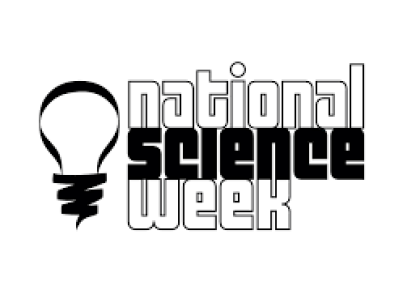Magnets, with their mysterious invisible force, have a way of fascinating not just children but adults as well. They can be an excellent educational tool, demonstrating physics concepts in tangible ways. Here are seven creative classroom hacks and activities involving magnets that can enhance learning and engagement:
1. Magnetic Poetry for Language Arts:
Create a magnetic poetry board in the classroom. Use a metal baking sheet and write words on small magnet strips. Students can arrange and rearrange the words to form sentences or poems, facilitating creative writing and vocabulary building.
2. Map Journeys With Magnetic Markers:
Use a large metal board as your world or country map and give students small magnets to mark historical voyages, migrations or current events. This interactive geography lesson helps students visualize distances and locations in relation to one another.
3. Science Discovery Bottles:
Fill clear plastic bottles with various items that are both magnetic and non-magnetic, along with some filler like rice or sand. Seal the bottles and provide children with strong magnets to explore which items will move through the filler material, introducing them to the concept of magnetic force without direct contact.
4. Sorting and Categorizing:
Provide young students with a range of everyday objects and have them sort which are magnetic and which are not. This activity supports early scientific thinking by having kids make predictions, test their hypotheses, and then categorize items based on their properties.
5. Magnetic Fishing for Math:
Write numbers, math problems, or shapes on paper fish and attach a paperclip to each one. Create fishing rods with magnets tied to the end of a string so kids can ‘fish’ for answers in a tub of water or across the floor, mixing math practice with motor skill development.
6. Art Installations With Magnetic Tape:
Use adhesive magnetic tape to create temporary art installations on whiteboards or metal cabinets in the classroom. Students can create shapes, patterns or even abstract art pieces that are easy to put up and remove without damage.
7. Pendulum Painting:
Attach a magnet to a paint-filled pendulum hanging over paper laid out on the ground. Place another magnet underneath the paper in strategic locations to guide the pendulum’s movement without touching it, creating unique patterns influenced by magnetic attraction.
Using magnets for educational purposes is not just beneficial for teaching scientific principles; it’s also an engaging way to incorporate hands-on learning into various subjects from language arts to history. The key is allowing kids to explore, discover, and understand through practical experiences that make learning memorable.





